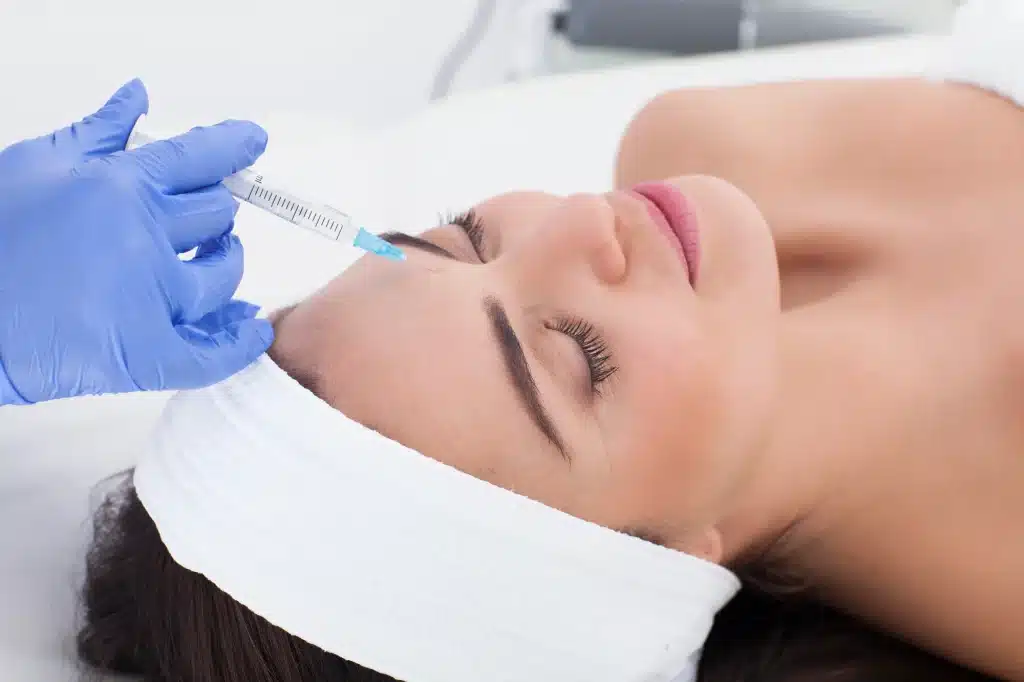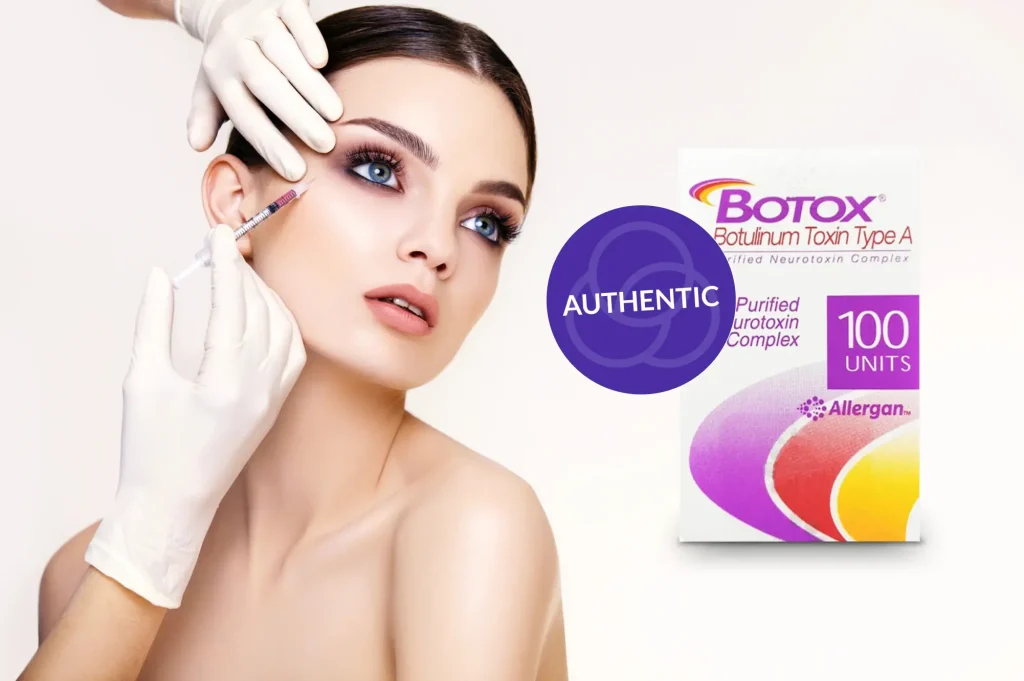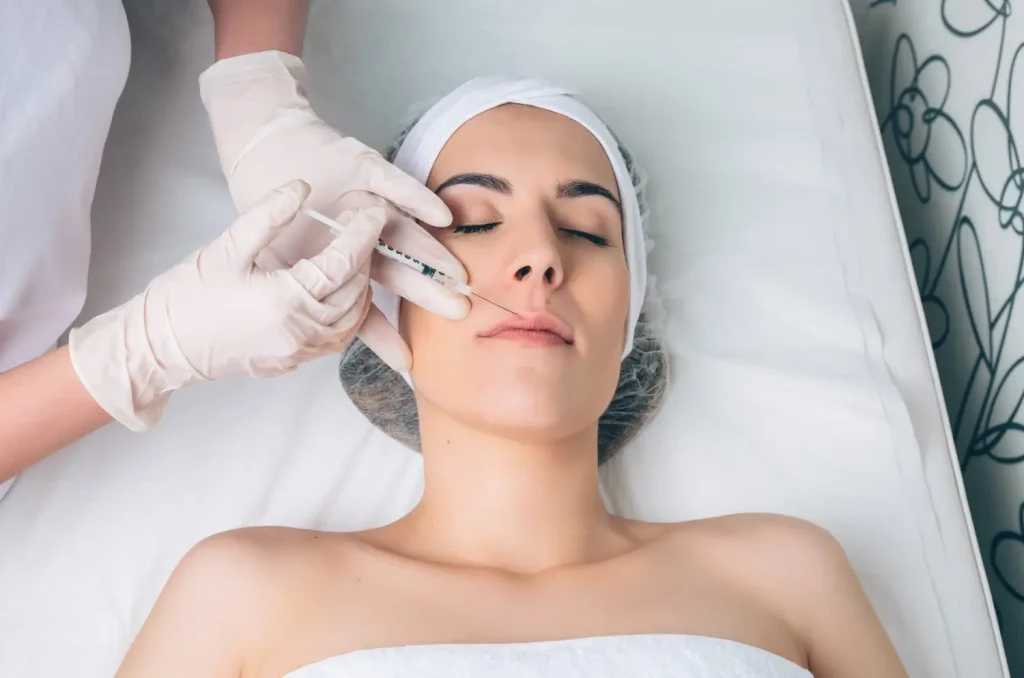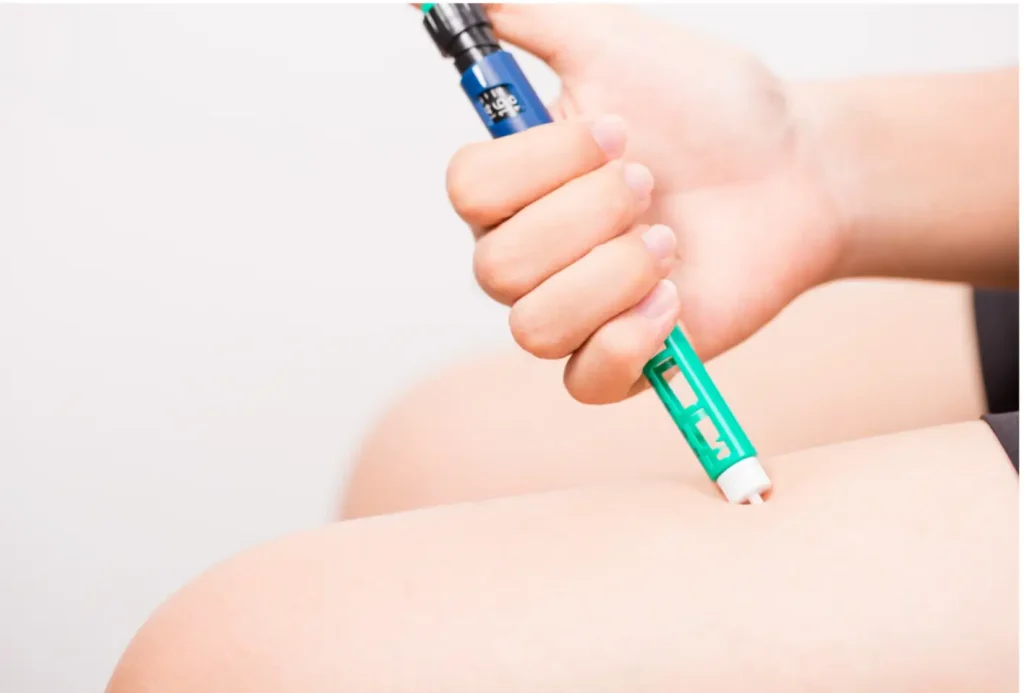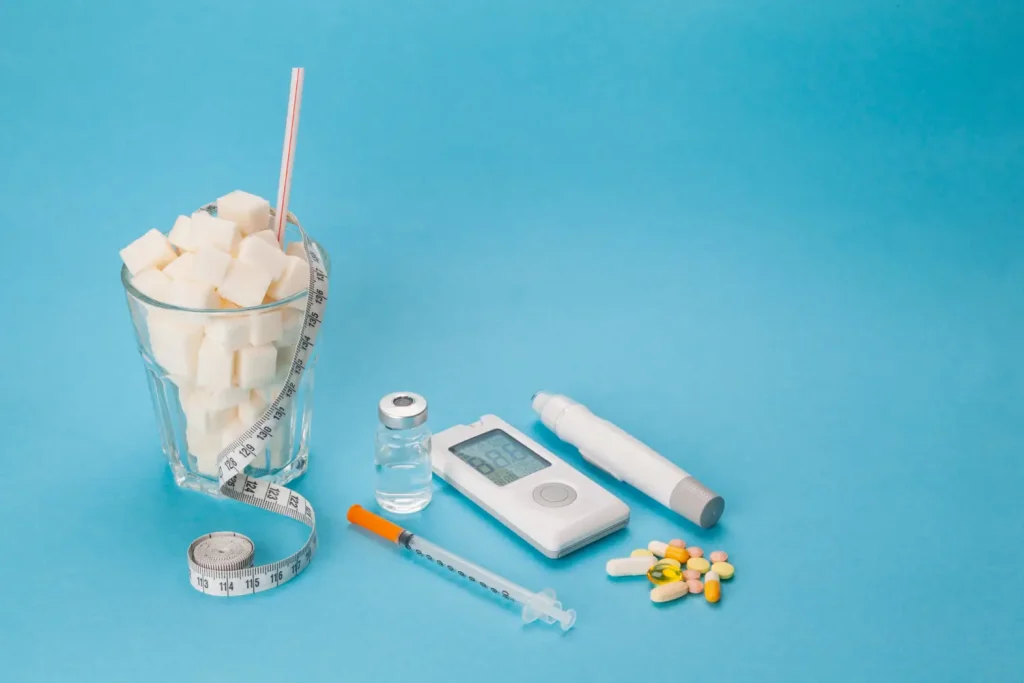Did you know that over 315 million major surgical procedures requiring anesthesia are performed globally each year? While general anesthesia is often used for complex surgeries, topical numbing agents like EMLA cream play a crucial role in managing pain for minor procedures, from mole removals to cosmetic injections.
Among these agents, EMLA cream stands out due to its carefully balanced combination of lidocaine and prilocaine. This eutectic mixture allows both anesthetics to penetrate the skin effectively, providing localized numbness without the need for systemic sedation. Thanks to added stabilizers and emulsifiers, EMLA is both effective and gentle on the skin, making it a reliable choice for dermatology and aesthetic treatments.
In this article, we’ll dive into the ingredients of EMLA cream, exploring its active and inactive components, their specific roles, and how they work together to provide targeted pain relief.
Key Takeaways
- EMLA cream contains lidocaine 2.5% and prilocaine 2.5%, which work together to provide localized numbness for minor medical and cosmetic procedures, such as tattooing and laser treatments.
- The cream works by blocking sodium channels in the skin’s nerve endings, offering relief primarily for surface-level pain in the epidermis.
- EMLA’s inactive ingredients, such as polyoxyethylene hydrogenated castor oil, carbomer, and sodium hydroxide, help improve skin absorption, provide stability, and ensure skin compatibility during application.
- EMLA is FDA-approved, making it a safe and regulated choice for topical anesthesia. It is available in pharmacies (sometimes by prescription) and is often used in medical settings for minor procedures.
- For effective numbing, proper timing, dosage, and application technique are essential. EMLA should be applied 1 to 2 hours before a procedure, and it should be covered with an occlusive dressing for 60–90 minutes.
About: Medical Spa RX provides medical practices with premium products at the best prices. If you’re looking to buy EMLA Cream for your practice, the sales representatives at Medical Spa RX can give you guidance.
Active Ingredients in EMLA: Lidocaine and Prilocaine
EMLA cream contains two amide-type anesthetics, lidocaine 2.5% and prilocaine 2.5%, that work together to numb the skin effectively before procedures like injections, laser treatments, or tattooing. These ingredients block sodium channels in nerve endings, preventing pain signals from reaching the brain, thus producing localized numbness without affecting deeper tissues.
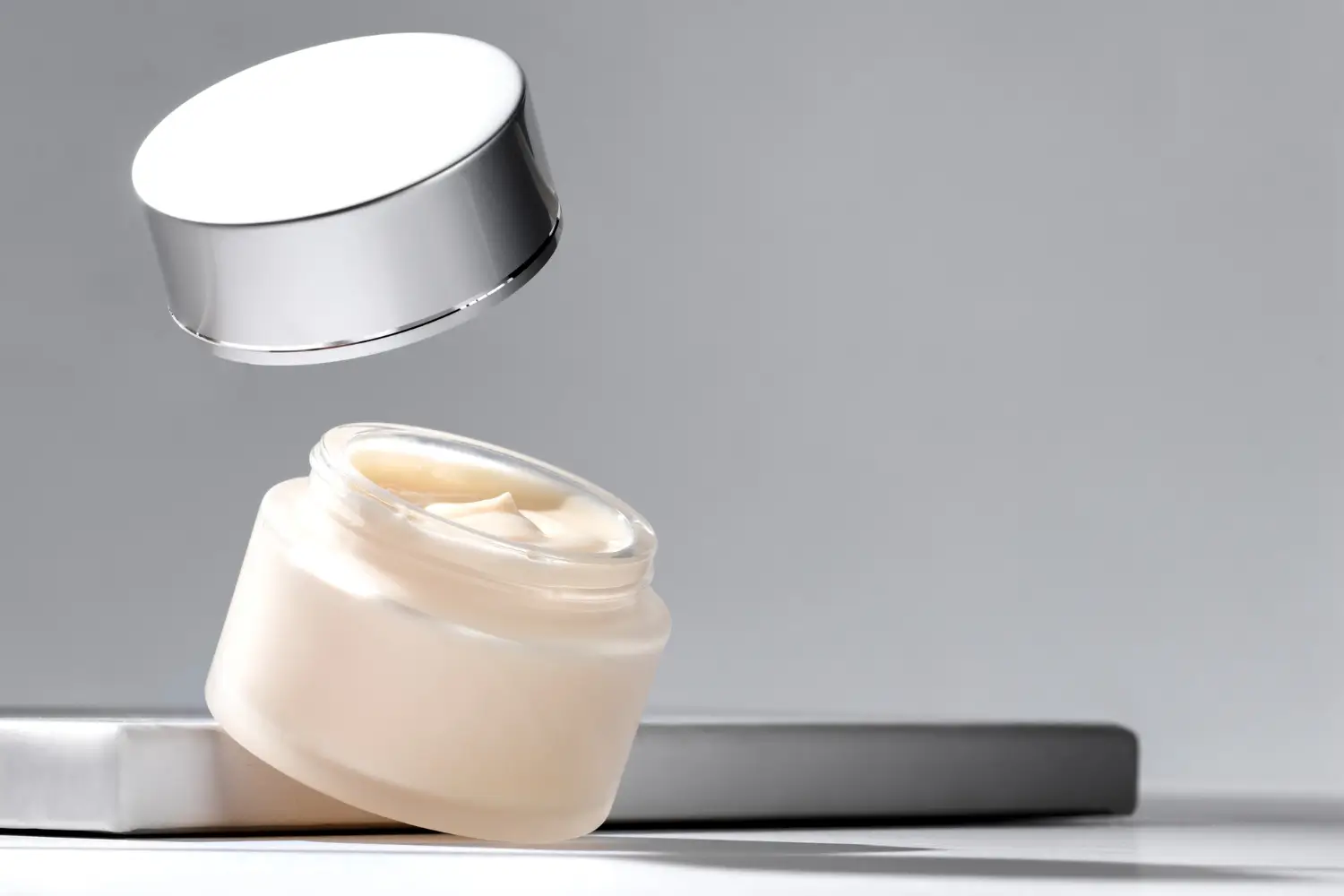
The combination of lidocaine and prilocaine in EMLA provides a more potent and long-lasting numbing effect than either ingredient alone. This makes it an ideal choice for minor medical procedures and cosmetic applications. When used properly, EMLA has a low risk of causing irritation, making it a reliable option for healthcare professionals seeking effective topical anesthesia.
Inactive Ingredients and Their Functional Roles
Though EMLA’s active ingredients provide the anesthetic effect, the inactive ingredients play a crucial role in ensuring the cream’s stability, consistency, and skin compatibility. While they don’t provide numbing, they support the effective delivery of lidocaine and prilocaine. Here are the key inactive components:
- Polyoxyethylene Hydrogenated Castor Oil: This serves as an emulsifier, enhancing skin absorption and ensuring that the cream is evenly applied. It helps the active ingredients penetrate the skin more effectively.
- Carbomer 974P: This ingredient gives EMLA its thick texture, providing stability and a smooth, uniform consistency that makes it easy to apply.
- Sodium Hydroxide: This helps balance the cream’s pH, ensuring that it’s compatible with skin and maintains the effectiveness of the active ingredients. It also reduces the risk of stinging sensations during use.
- Purified Water: Serving as a solvent, purified water helps maintain the consistency and stability of the cream, ensuring it remains effective and easy to apply over time.
These ingredients make EMLA cream non-greasy, stable, and smooth, ensuring a comfortable application. Together, they support the safe and effective delivery of numbing agents to reduce pain during minor procedures like tattooing or injections.
Understanding the Safety Profile of EMLA Components
Each ingredient in EMLA cream has been thoroughly tested for safety and regulated according to pharmaceutical standards. Both active and inactive components have undergone clinical evaluation to ensure they are safe for topical use on both intact and broken skin in controlled doses. Here’s a closer look at some key safety considerations:
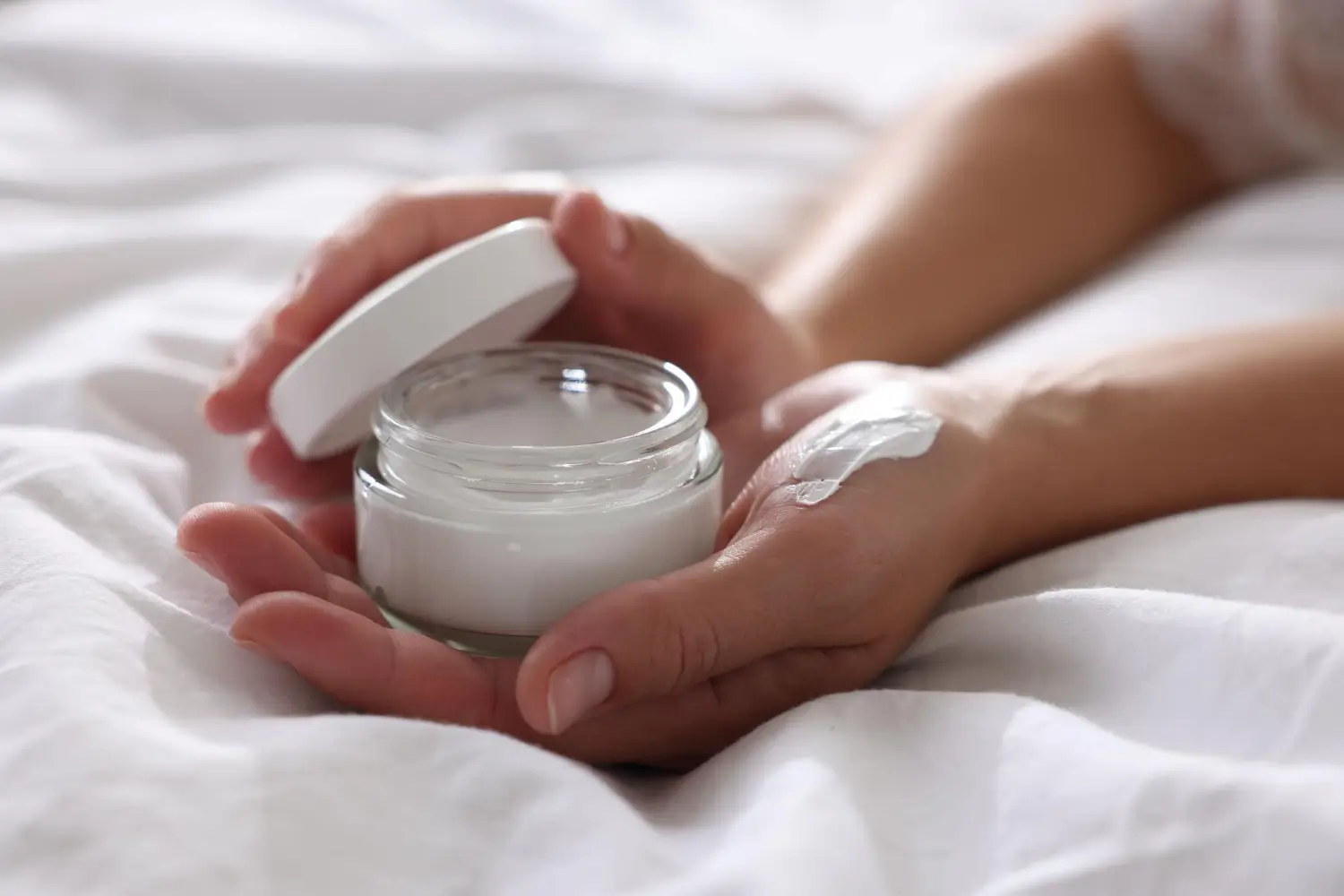
- Low Systemic Absorption: The skin effectively limits the absorption of lidocaine and prilocaine, minimizing the risk of systemic toxicity and other related complications.
- Minimal Allergic Reactions: While most users tolerate EMLA well, mild sensitivities or reactions may occur in a small percentage of individuals. These can be managed with careful monitoring.
- Non-Sensitizing Base: The formulation is designed to be non-sensitizing, reducing the risk of allergic contact dermatitis during topical use.
- Regulated pH: Sodium hydroxide helps balance the pH of the cream, enhancing skin compatibility and reducing the likelihood of stinging or irritation during application.
When used as directed, EMLA numbing cream for tattoos and other procedures is considered safe for both adults and children. However, exceeding the recommended dosage or leaving the cream on too long may increase the risk of side effects, such as skin irritation or systemic absorption.
How EMLA Ingredients Compare to Other Numbing Creams
EMLA stands out from other numbing creams due to its dual anesthetic formulation of lidocaine and prilocaine, its pharmaceutical-grade inactive ingredients, and its strong clinical backing. Here’s how EMLA compares to other numbing options:
| Feature | EMLA Cream | Tattoo-Specific Numbing Creams |
| Main Use | Medical (pre-injection, minor skin procedures) | Designed specifically for tattoo pain relief |
| Active Ingredients | Lidocaine 2.5%, Prilocaine 2.5% | Lidocaine 5% or higher, sometimes with epinephrine |
| Depth of Action | Surface-level (epidermis) | Targets deeper layers (dermis) |
| On Broken Skin | Not recommended | Some can be applied during the tattoo |
| Onset Time | 60–90 minutes | 20–45 minutes |
| Availability | Pharmacy (sometimes prescription) | Online, specialty shops |
- Active Ingredients: Most over-the-counter numbing creams only contain lidocaine, typically at concentrations of 4% or 5%. EMLA, however, combines lidocaine and prilocaine (2.5% each), creating a synergistic effect that offers deeper and longer-lasting numbness.
- Inactive Ingredients: EMLA uses medical-grade excipients, such as carbomer and polyoxyethylene hydrogenated castor oil, which improve skin absorption and are gentler on sensitive skin compared to the alcohols and preservatives found in some generic products.
- Regulatory Approval: EMLA is FDA-approved and used in both hospitals and clinics, while many alternatives are either unregulated or sold only as cosmetics.
- Safety and Consistency: The balanced formulation and pH control in EMLA offer more predictable and consistent anesthetic effects, reducing the risk of inconsistent numbness or skin reactions.
Conclusion
EMLA combines lidocaine and prilocaine for effective, localized numbness before procedures like injections or laser treatments. Its inactive ingredients improve absorption, stability, and skin compatibility. The cream’s medical-grade formulation ensures consistent results and minimal side effects when used correctly.
Trusted by healthcare professionals, EMLA remains a top choice for safe, reliable topical anesthesia in both clinical and cosmetic settings.
FAQs
1. What are the main ingredients in EMLA cream?
EMLA contains 2.5% lidocaine and 2.5% prilocaine as active ingredients, along with several inactive components for stability.
2. How do lidocaine and prilocaine work together?
They block nerve signals at the application site, providing temporary localized numbness for minor skin procedures.
3. Is EMLA safe for children?
Yes, EMLA has approval for pediatric use in specific cases, like numbing before vaccinations or minor surgeries.
4. Are there any side effects to EMLA cream?
Possible side effects include mild redness, itching, or temporary skin discoloration. Serious reactions are rare.
5. How long should I leave EMLA on the skin?
Procedures usually take 45–60 minutes. Follow instructions to avoid overexposure and potential side effects.
6. Can I use EMLA on broken skin?
Yes, but only under medical supervision. Absorption is higher on broken skin, which can increase the risk of side effects.
7. How does EMLA compare to other numbing creams?
EMLA offers more consistent numbing thanks to its dual active agents and medically approved formulation, unlike many OTC options.
References
Henker R, Taki M. Challenges to global access to anesthesia and surgical care. In: Advanced Practice in Nursing. ; 2023:313-329. doi:10.1007/978-3-031-20762-4_25
EMLA CREAM (Lidocaine 2.5% and Prilocaine 2.5%). https://www.accessdata.fda.gov/drugsatfda_docs/label/2018/019941s021lbl.pdf






